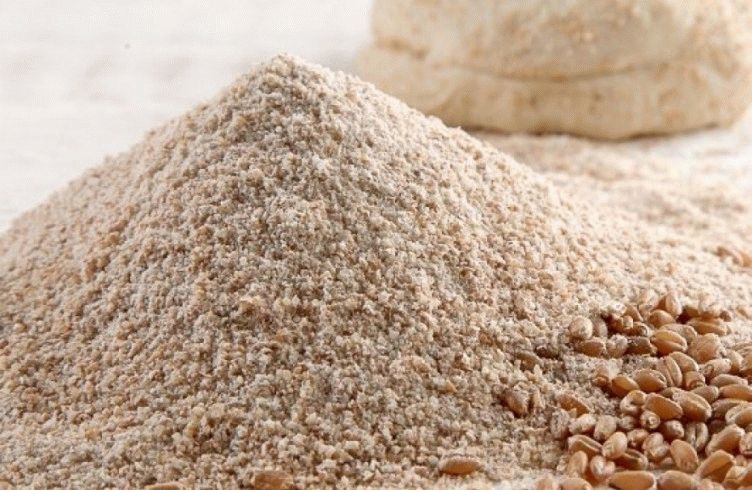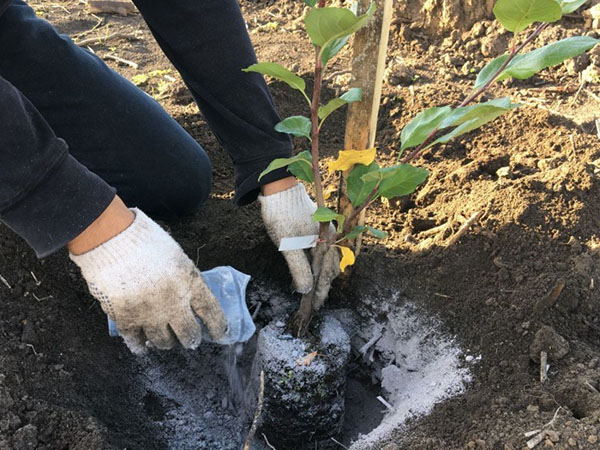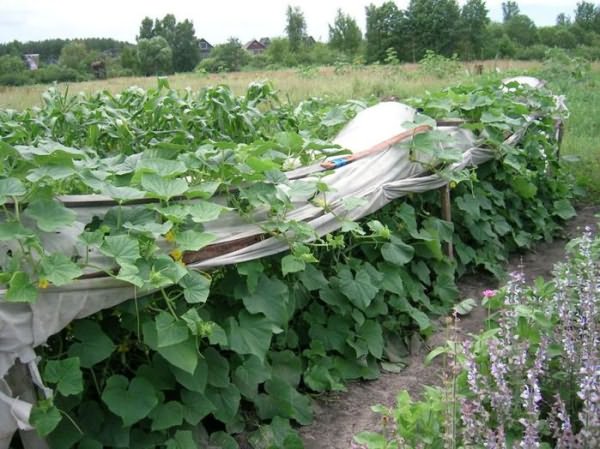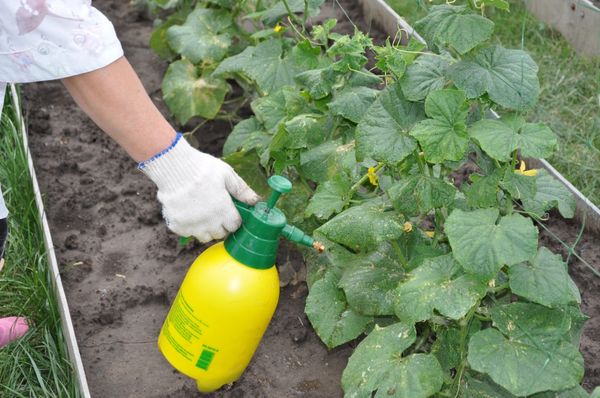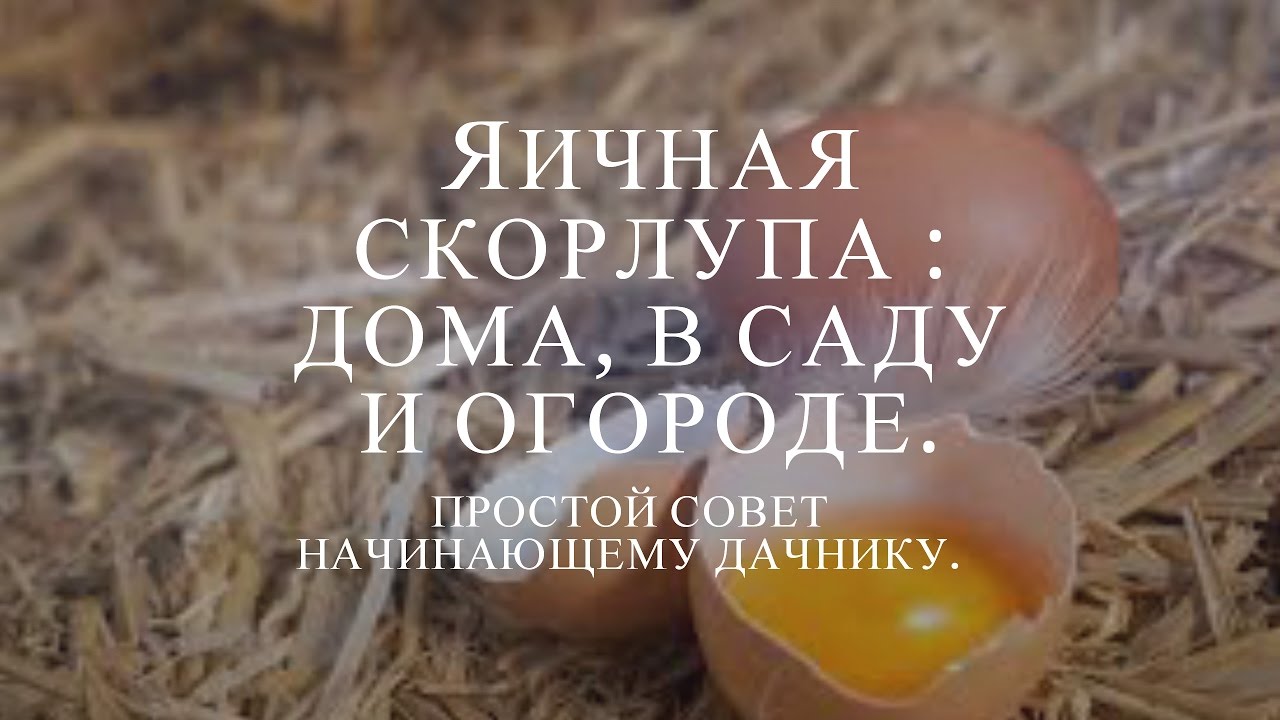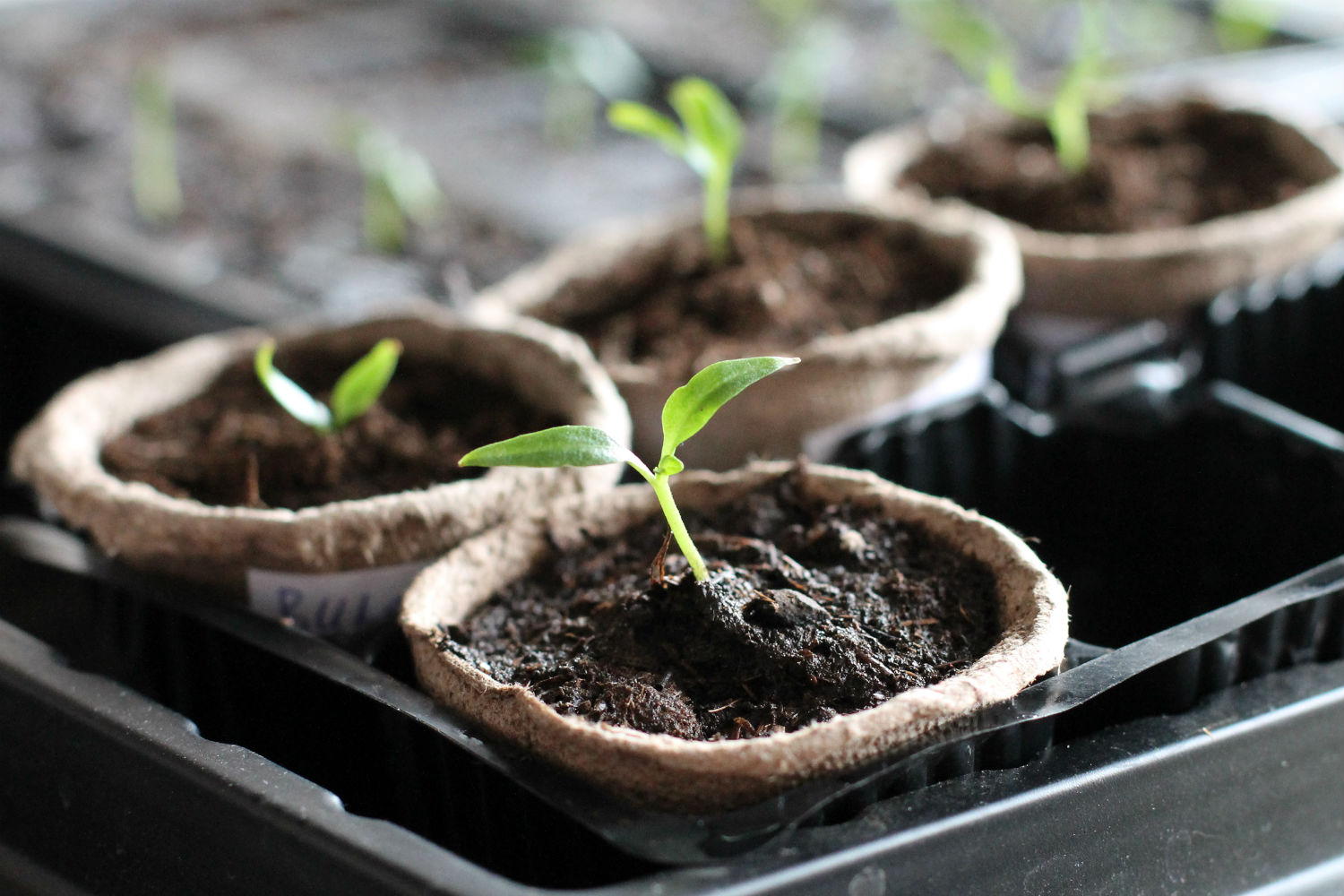Content:
To grow a good harvest of cucumbers, you need to timely fertilize the soil. Wood ash has been used as fertilizer for cucumbers for many centuries. It is also used to protect against some garden pests and parasites. The product itself, obtained by fire processing of wood, is considered environmentally friendly, therefore, ash for cucumbers and other vegetable crops is used to replace chemical fertilizers.
Table of the content of mineral elements in the ash of various trees
The ash waste of various trees contains the following amount of trace elements necessary for plants:
| Woody plant | Content of chemical elements | |||||||
|---|---|---|---|---|---|---|---|---|
| Ca | TO | Fe | Mn | Sr | Zn | Cu | Cr | |
| Pine | 1110.8 | 273 | 52.4 | 4 | - | 5.5 | 1.138 | 0.618 |
| Spruce | 1398.5 | 245 | 10 | 9.58 | 12.4 | 7.71 | 1.263 | 1.191 |
| Fir | 1268.9 | 1000.9 | 16 | 16.86 | 6.75 | 6.02 | 1.05 | 2.028 |
| Larch | 844.4 | 162.1 | 5 | 23 | 13.24 | 3.31 | 2.004 | 0.7 |
| Oak | 928.7 | 737.3 | 13.4 | 7.8 | 3.86 | 1.19 | 2.081 | 0.957 |
| Elm | 2281.2 | 2729.3 | 18.2 | 4.01 | 9.05 | 4.12 | 1.119 | 1.463 |
| Linden | 1859.9 | 791.6 | 12 | 9 | 8.15 | 2.38 | 1.643 | 1.463 |
| Birch tree | 1631.8 | 540 | 17 | 23.61 | 4.21 | 20.02 | 1.82 | 1.25 |
| Aspen | 2100.7 | 781.4 | 12.4 | 5.71 | 9.19 | 12.89 | 1.737 | 1.576 |
| Poplar | 4758.3 | 1802 | 18 | 8.2 | 17.28 | 15.15 | 1.311 | 1.82 |
| Alder black | 1201.6 | 589.6 | 130.1 | 15.2 | 4.12 | 5.08 | 2.535 | 1.657 |
| Alder gray | 1620.5 | 631.3 | 31.6 | 5.7 | 6.1 | 9.32 | 2.009 | 1.277 |
| Bird cherry | 1868 | 554.6 | 8.2 | 4.46 | 11.39 | 4.57 | 1.509 | 1.37 |
Carbonate and polycarbonate, orthophosphate and potassium silicate - 16%;In addition to these microelements, ash waste contains the following chemical compounds:
- calcium sulfate -14%;
- calcium chloride -12%;
- sulfate, silicate and magnesium carbonate - less than 5%.
Iodine in ash waste is contained in micro doses, which practically do not affect the development of vegetables.
The influence of ash dressings on the development of cucumbers
For any kind of wood ash, the use of cucumbers in the garden has the following effects on vegetables:
In the soil of the beds, the level of alkali increases, and the acidity of the soil sharply decreases. This contributes to the rapid growth of bushes, the formation of a large number of strong ovaries. Low toxicity of wood ash flour allows obtaining high quality organic products.
Bacteria begin to multiply on the site, helping plants to take nutrients from the soil. The bushes, receiving the necessary trace elements in the right amount, quickly gain green mass, and begin to bloom. Strong ovaries are formed on the branches.
Cucumbers are less likely to get sick with fungal infections. Ash flour, when consumed in time, can eliminate the symptoms of powdery mildew.
Garden pests (fleas, slugs, etc.) try not to approach bushes that have been treated with solutions containing ash flour.
But improper use of wood ash waste can ruin the harvest.
When using low-quality ash, the growth of green mass of plants is possible. This leads to crop losses, since most of the bushes stop bearing fruit.
When processing seeds for seedlings, it is recommended to soak them in water where wood ash is diluted. To neutralize the acidity of the soil for every 1 sq. m beds make up to 0.5 kg of ash.
If it is necessary to eliminate garden pests (slugs, fleas), experts recommend applying a mixture of ash flour with tobacco dust to an open area or beds in a greenhouse. When sowing vegetables in a greenhouse, they often get sick with powdery mildew. For the prevention of the disease, the use of folk recipes with the use of ash flour is recommended.
Ash when planting cucumbers is used to feed plants that amateurs grow on a balcony in an urban setting. To maintain seedlings and young bushes, ash components are used in various solutions, which include water and ash flour. Sometimes a dry ash mixture is used for the normal growth of plants and the prevention of some fungal infections characteristic of vegetables growing in urban conditions.
To obtain seedlings and grow seedlings in winter, some gardeners use window sills. Then wood ash waste is used for seed treatment. If garden pests appear in the room, instead of chemicals, folk recipes are used to destroy them, where wood ash is one of the main components.
Errors in using ash as fertilizer for cucumbers
Novice gardeners are interested in whether ash is needed when planting cucumbers. Experts give a positive answer to this question, since this allows you to increase the yield of the beds without the use of modern chemical fertilizers. And if the gardener doubts whether it is possible to pour ash under the cucumbers and how to do it correctly, it is best to familiarize yourself with the list of mistakes that gardeners make when planting a vegetable and using ash flour.
Errors are as follows:
- Manure is introduced into the ground together with ash elements. It is strictly forbidden to do this, since the plants lose most of the nitrogen, which leads to slow growth of the bushes. The deciduous cover of plants practically does not develop, which leads to the death of 20% of the crop.
- They are trying to increase the yield of the site by the haphazard use of phosphorus fertilizers incompatible with ash. This harms the soil and growing bushes, since salts that have not been absorbed by vegetables accumulate on the site, which reduce the fertility of the soil. Bushes cannot process these compounds. The period of ovary formation is delayed, and the fruits grow small.
- Novice gardeners are trying to use ash flour to grow cucumber and tomato bushes on calcareous soils. This leads to unnecessary alkalization of the land in the beds, which sharply reduces the fertility of the site.
- Another mistake of novice gardeners is the use of not wood ash flour, but waste obtained from burning a stone corner or plastic bottles. Experts do not recommend using them for feeding, since the yield drops sharply, the amount of toxins in the soil increases. This leads to poisoning of people consuming vegetables grown in areas where plants were fed with substandard ash waste.
Instead of ash flour from coniferous and deciduous trees, it is recommended to use ash from the stalks of buckwheat, corn and other cultivated plants. Part of the ash waste can be used as nitrogen, potash or phosphorus fertilizers, since different grains have a different composition of microelements:
| Type of fuel | Potassium | Phosphorus | Calcium |
|---|---|---|---|
| Sunflower stalks | 0.353 | 0.022 | 0.175 |
| Buckwheat straw | 0.333 | 0.024 | 0.175 |
| Wheat straw | 0.171 | 0.082 | 0.07 |
| Dry corn cob | 0.3 | 0.067 | 0.271 |
| Corn straw | 16.1% | 0.07 | 0.032 |
| Potato tops | 0.21 | 0.09 | 0.3 |
| Peat | 0.045 | 0.072 | 0.248 |
| Coal | 0.001 | 0.0012 | 0.02 |
Methods for feeding cucumbers with ash
If there is no wood ash, gardeners are advised to use ash residues of sunflower and buckwheat instead of potash fertilizers when growing vegetables. Instead of phosphorus fertilizing, wheat ash should be used, and the remains of peat are used to reduce the acidity of the soil on the site.
Consider how to fertilize tomatoes and cucumbers with ash. This can be done by several methods applied at different stages of plant growth:
- For seed treatment, it is recommended to add a little ash flour (1 tablespoon) to 2 liters of water. Then the resulting solution is filtered, seeds are poured into it. The time for soaking cucumber and tomato seeds ranges from 4-5 hours. This method improves the germination of seedlings, increases the immunity of seedlings.
- It is necessary to feed the shoots when they are transferred to permanent soil.It is necessary to feed the seedlings by introducing a mixture of compost and ash flour into the holes in the garden bed in the amount of 1-2 glasses per 1 sq. m. Experts advise when transplanting bushes to sprinkle the ground under the roots with ash flour (2 tbsp. l. for each plant).
- Ash for cucumber seedlings is used at the moment when 3 leaves have appeared on the sprouts. It is recommended to dilute in 5 liters of water no more than 9-10 tbsp. tablespoons of ash flour. The desired solution is obtained after a week of holding the mixture. Young seedlings are watered with it. We must strive to ensure that no liquid remains in the form of drops on the bushes, since on a sunny day this can lead to plant burns.
Plants like it if they are fed during flowering, when buds appear on the bushes. The bushes need to be watered with the solution described in paragraph 3.
During active fruiting, the benefits of using ash elements increase dramatically. To feed the bushes, use a mixture of 3 liters of water and 3 glasses of ash flour. The solution is boiled for half an hour, cooled, filtered. Then its volume is increased to 10 liters. As much mixture is applied to each leaf of the plant as needed to cover its entire surface. A useful solution is recommended to be used until the end of the growing season 1 time in 9-10 days.
All the described methods of using ash waste for plant nutrition can increase the yield up to 15%. If you do not use ash waste, you will have to use superphosphate and other modern fertilizers, which, although they will give a large increase in yield, but the fruits obtained cannot be attributed to environmentally friendly products.
The use of ash against diseases and pests
To get a favorite vegetable of good quality and attractive appearance, the gardener needs to monitor the health of the bushes. Ash components are considered a good means of preventing diseases and garden pests. For this, the property of ash liquor is used to kill microbes and scare off various parasites. To get the required drug you need:
- Sift ash in the amount of 2/3 of the bucket, and then fill it with water (10 l).
- Open access to the sun's rays to the resulting solution. Keep the mixture in the sun for 4-5 days, stirring the solution constantly.
- After the appearance of oily yellow stains on the surface, collect them in a separate vessel, and then mix with water in a 1 to 1 ratio.
- Add pieces of laundry soap to the resulting preparation. This will improve the stickiness of the resulting product, will reduce the amount of the drug used in terms of each bush.
The resulting product is applied to the bushes at night. Then, 3-4 days later, repeat the procedure.
If a greenhouse or greenhouse is used for growing vegetables, then various pests that breed in covered rooms may appear. To destroy fleas or flies, dry ash flour is used, which is carefully sieved. Then the powder is poured into a gauze bag. He is shaken over the bushes where insects have appeared. You may not like this method because of the stickiness of ash components to clothing and open parts of the body, but for plants this method of killing parasites is quite acceptable. It is necessary to ensure that the powder covers all the outer parts of the plants in an even layer.
The period of validity of wood ash waste is from 1 to 3 years. After that, you need to fill in new portions of fertilizers. But the use of the same beds for constant sowing of the same type of vegetables is not recommended, since yields will constantly fall.
Ash application on different types of soil
Standards for the introduction of ash flour:
| Soil type | Application rate, g / m2 |
|---|---|
| Neutral sandy soils | 70-140 |
| Suspensions of podzolic and acidic peat bogs | 280-350 |
| Medium and light acidic loams | 420-490 |
| Heavy loams and clays with high acidity | up to 800 |
| Heavy loam and clay neutral soils | 280-490 |
Despite the centuries-old use of ash waste as fertilizers, it has not lost its relevance in modern conditions. This is due to the biological purity of such dressings, their activity against harmful garden insects and various viral or fungal infections characteristic of vegetables. All these standards are given for the case of using ash wood waste from coniferous and deciduous trees by the gardener. If ash flour from other plants is used for fertilization, then all indicators of the standard must be increased by 25-30%.

